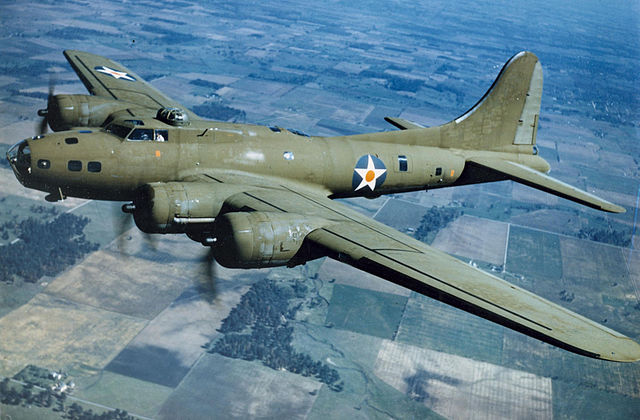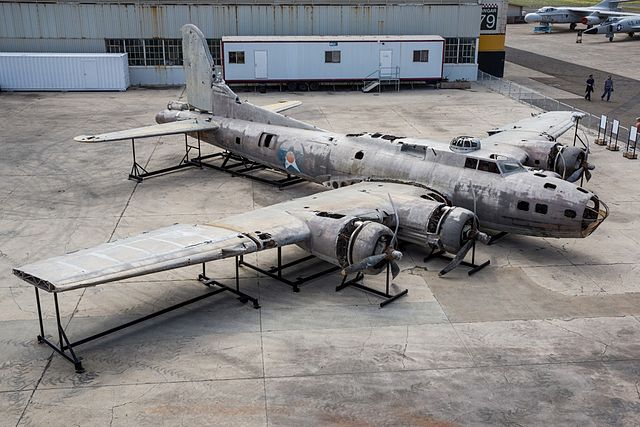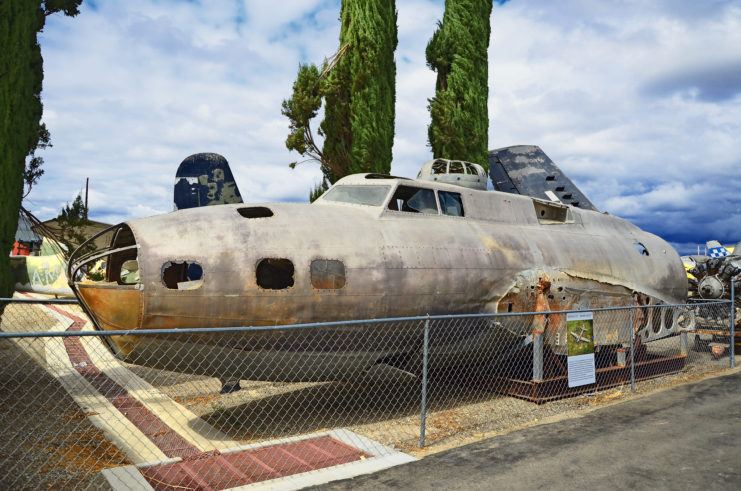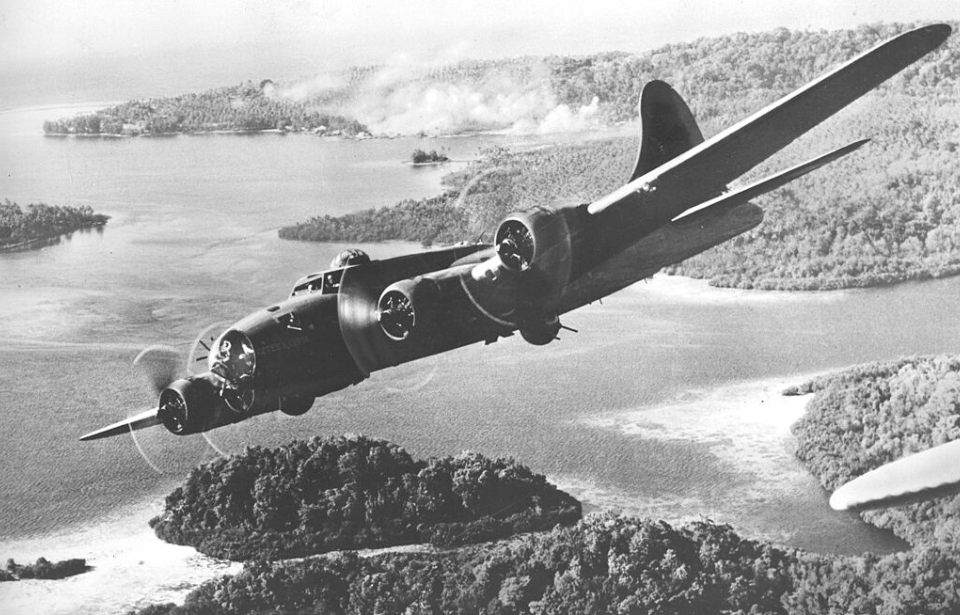The crew survived a death-defying crash

With no other options, Eaton attempted an emergency landing in what appeared to be a wheat field. The crew survived the impact, only to quickly realize they had landed in a crocodile-infested swamp. Despite the dangerous surroundings, they managed to escape and were rescued by local villagers, who treated them for malaria. Once they recovered, the crew continued their service through the remainder of World War II.
The legend of the “Swamp Ghost”

After the crash, neither the crew of the B-17E nor the U.S. Air Force made any serious efforts to recover the wreckage. The bomber was left untouched, with only occasional visits from local villagers. Over time, strange stories began to emerge about the site, leading many to believe it was cursed or haunted.
Local legends spoke of people who ventured too close to the wreck and never returned, while others who did come back were said to have contracted malaria or developed strange psychological conditions. These eerie tales led villagers to treat the area with caution, considering it a mysterious and sacred place best left undisturbed.
In the years following the war, Papua New Guinea became a hotspot for relic hunters, drawn by the promise of lost planes, abandoned weapons, and decaying wartime remnants hidden in the jungle. Among these finds, the “Swamp Ghost” stood out as one of the most famous and sought-after discoveries.
Salvagers spotted the B-17E Flying Fortress in the jungle

When the Australian airmen spotted the B-17E in 1972, they were astonished by their discovery. The wreck was in remarkable condition, with thermoses filled with coffee poured by the original crew still intact!
In the 1980s, following news of the find, renowned aircraft salvager Fred Hagan and his partner, David Tallichet, embarked on a mission to locate and salvage the wreck. They were astonished to see that the “Swamp Ghost” remained in such excellent shape. Although most of the weapons and mechanics had been taken by locals, the interior was still impressive.
Hagan and Tallichet initiated the reconstruction of the heavy bomber to ensure it was strong enough for transport. However, setbacks delayed their efforts for several years. Ultimately, in 2006, the salvage mission was completed, except for one last hurdle: locals were resistant to its removal. After a ceremony to honor the spirits of the swamp, the aircraft was finally allowed to depart its resting place for the first time in 65 years.
Where is the “Swamp Ghost” now?
More from us: The Douglas SBD Dauntless Changed the Course of the Second World War In a Single Day
Once it was fully restored, the “Swamp Ghost” was put on display at a ceremony in Long Beach, California that was attended by many family members of the original crew. It has since been permanently moved to the Pearl Harbor Aviation Museum in Hawaii, where it’s undergoing restoration.
